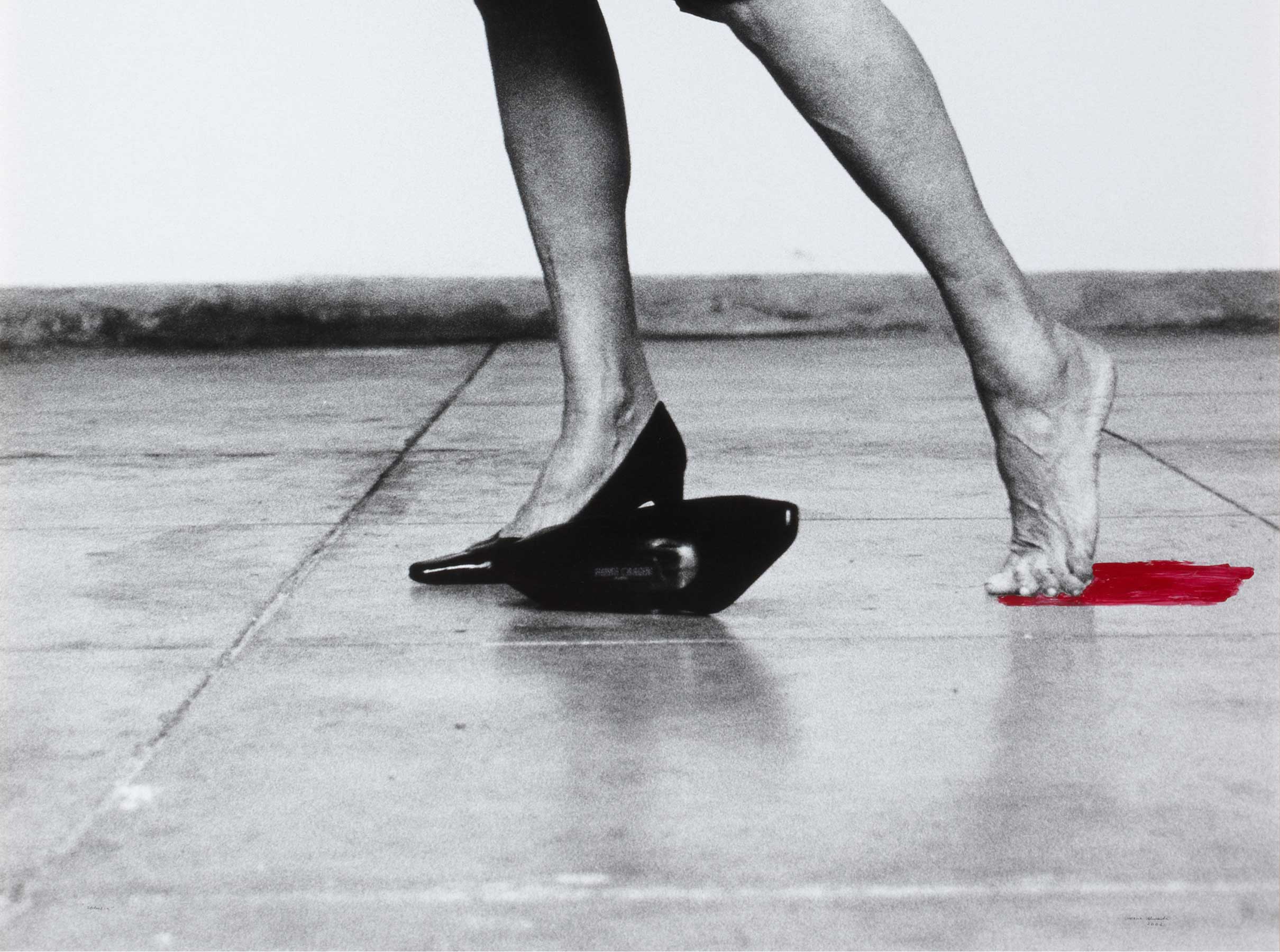Dark & Carmin Trees. Berlin
- 2003
- Chromogenic print laminated with Perspex and attached to Dibond
- 125 x 187,5 cm
- Edition 4/5
- Cat. F_109
- Acquired in 2007
Juan Uslé has a prominent place in the process of internationalisation of Spanish art in the 1980s and 1990s. The four works by him held in the Banco de España Collection come from different periods and show how his work changed as he strove for the personal form of expression for which he is now known worldwide. Uslé's exploration of photography can be seen clearly in the most recent of his works in the Collection: Dark & Carmin Trees. Berlin (2003). As he does in many other works involving photos, he seeks structures, networks and lights, which seem to liquefy in intermediate forms, as is the case here with the trees reflected and traversed by colour filters. Uslé makes frequent use of photographs in producing his pictures. This is also linked with his specific, epidermal vision of reality: a look at surfaces which suggest that there is 'something' behind them, behind his natural stagecraft.
Other works by Juan Uslé

